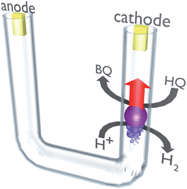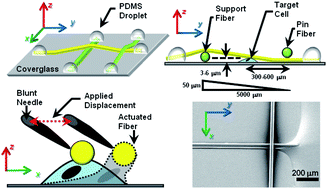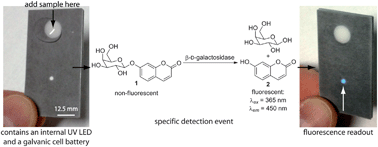
Bipolar electrochemistry for cargo-lifting in fluid channels
Gabriel Loget and Alexander Kuhn
DOI: 10.1039/C2LC21301J
.

Three-dimensional microfiber devices that mimic physiological environments to probe cell mechanics and signaling
Warren C. Ruder, Erica D. Pratt, Sasha Bakhru, Metin Sitti, Stefan Zappe, Chao-Min Cheng, James F. Antaki and Philip R. LeDuc
DOI: 10.1039/C2LC21117C
Scott Phillips and colleagues at Pennsylvania State University describe the first paper-based microfluidic device that is capable of generating its own power when a sample is added to the device. The microfluidic device contains galvanic cells (“fluidic batteries”) integrated directly into the microfluidic channels.
“Fluidic batteries” as low-cost sources of power in paper-based microfluidic devices
Nicole K. Thom, Kimy Yeung, Marley B. Pillion and Scott T. Phillips
DOI: 10.1039/C2LC40126F
All our hot articles are free to access for four weeks (following a simple registration for individual users).











